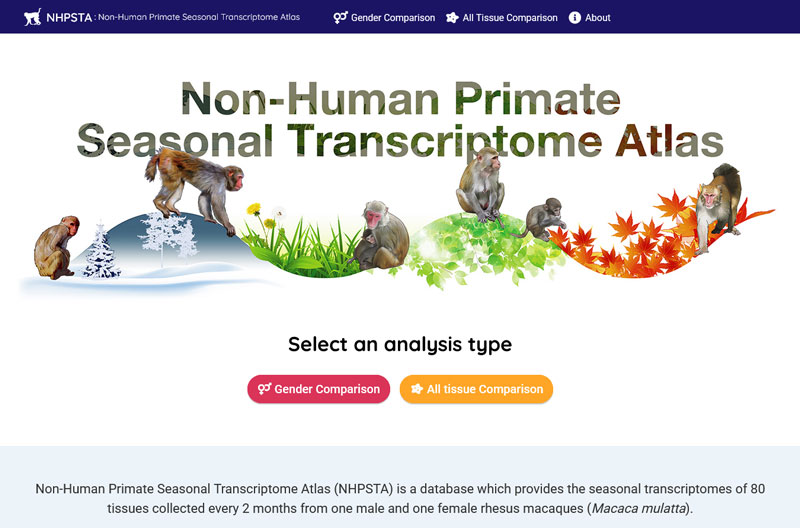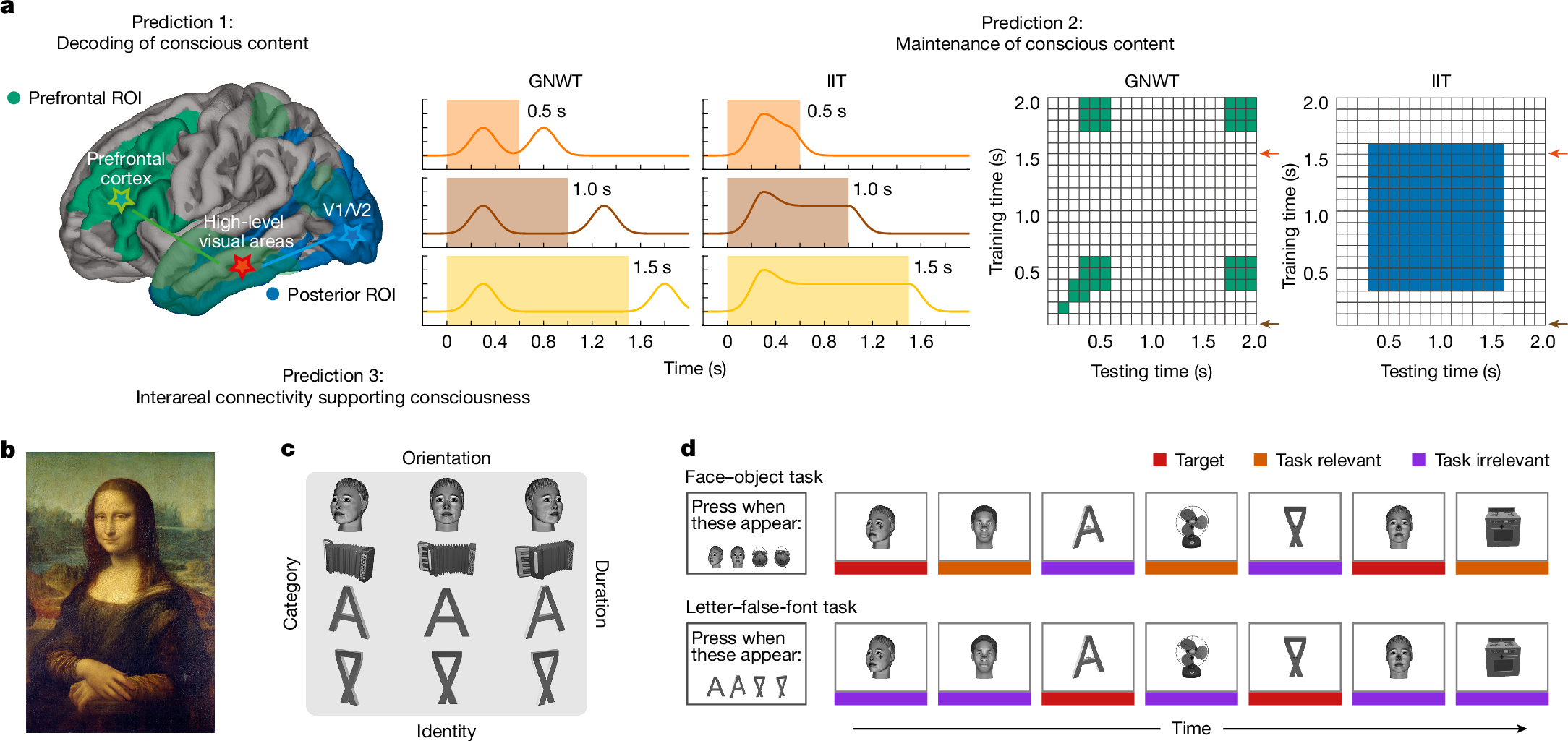2025-05-01 バース大学
<関連情報>
- https://www.bath.ac.uk/announcements/childhood-trauma-link-to-adolescent-substance-use-and-unexpected-blood-pressure-effects/
- https://acamh.onlinelibrary.wiley.com/doi/10.1111/jcpp.14173
2004年ペロタス出生コホートにおける小児期のトラウマ、青年期のリスク行動および心血管健康指標 Childhood trauma, adolescent risk behaviours and cardiovascular health indices in the 2004 Pelotas Birth Cohort
Megan Bailey, Graeme Fairchild, Gemma Hammerton, Ina S. Santos, Luciana Tovo-Rodrigues, Joseph Murray, Alicia Matijasevich, Sarah L. Halligan
Journal of Child Psychology and Psychiatry Published: 30 April 2025
DOI:https://doi.org/10.1111/jcpp.14173

Abstract
Background
Childhood trauma has been associated with increased risk of substance use and poor sleep, with these factors linked to subsequent poor cardiovascular health. However, there has been little longitudinal research exploring these associations in adolescence, especially in low- and middle-income countries (LMICs). To address this, we investigated longitudinal pathways from trauma to risk behaviours and cardiovascular health indices among adolescents in the 2004 Pelotas Birth Cohort, Brazil.
Methods
Lifetime cumulative trauma was assessed via caregiver reports up to age 11, and combined adolescent/caregiver reports at ages 15 and 18. At age 18, current problematic alcohol use, smoking, illicit drug use and sleep duration were measured via self-report and resting heart rate (HR) and blood pressure (BP) were assessed. We tested for trauma risk behaviour–HR/BP associations using multivariable regression, population attributable fractions and counterfactual mediation.
Results
Of 4,229 adolescents (51.9% boys), 81.9% were trauma-exposed by age 18. Cumulative trauma up to ages 15 and 18 increased the odds of age 18 alcohol, smoking and drug use (adjusted ORs: 1.25–1.44). Sleep duration was unrelated to childhood trauma. Population attributable fractions indicated that childhood trauma explained ≥28% of age 18 substance use. Unexpectedly, greater trauma exposure was associated with lower resting HR and BP. Substance use partially mediated the effect of trauma on cardiovascular health indices.
Conclusions
Trauma is associated with substance use in LMIC adolescents. Prevention and intervention strategies targeting trauma are critical given this significant burden. Our finding that trauma predicts lower HR/BP warrants further exploration given well-established associations between trauma and poorer cardiovascular health in adulthood.


